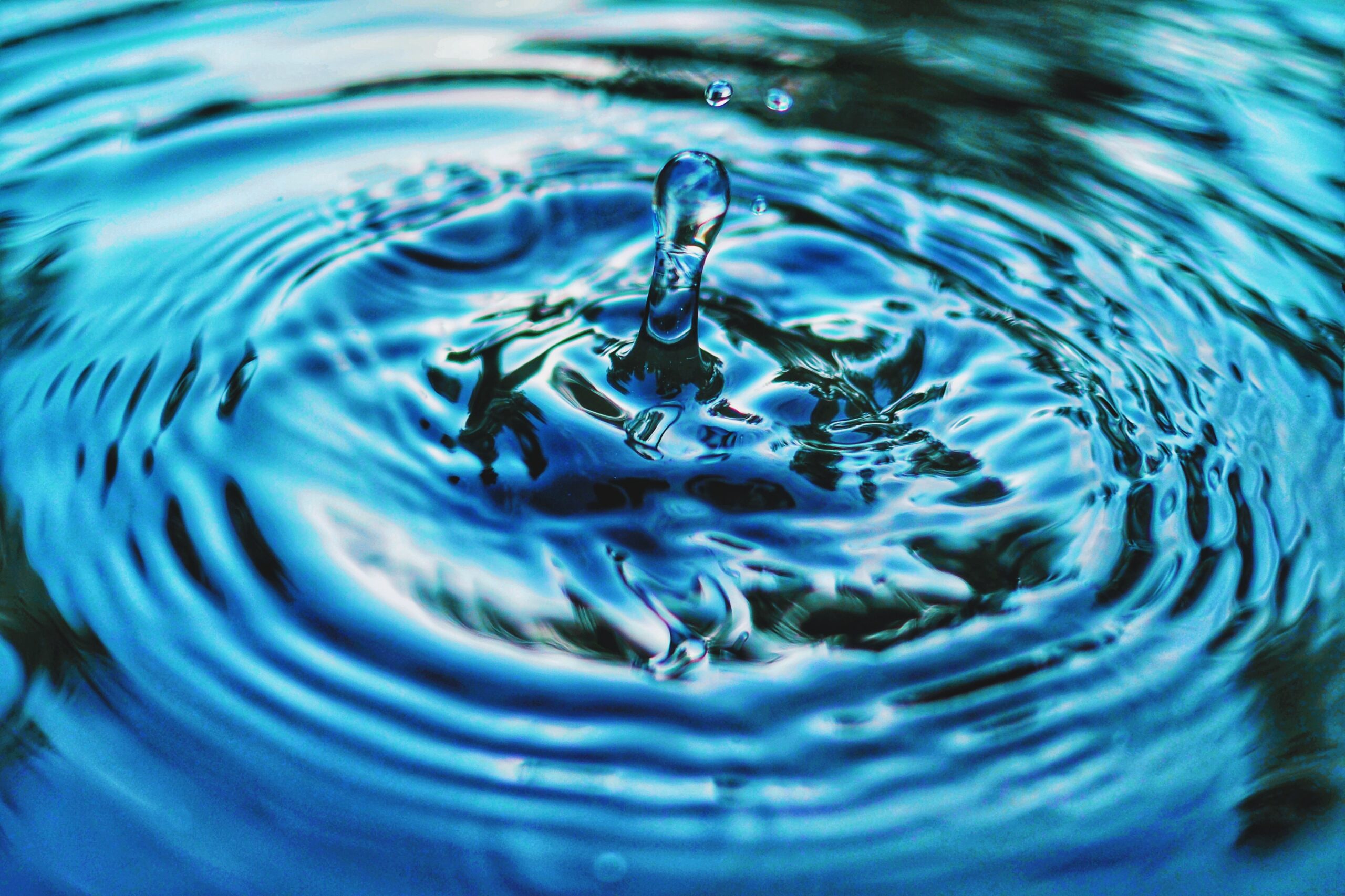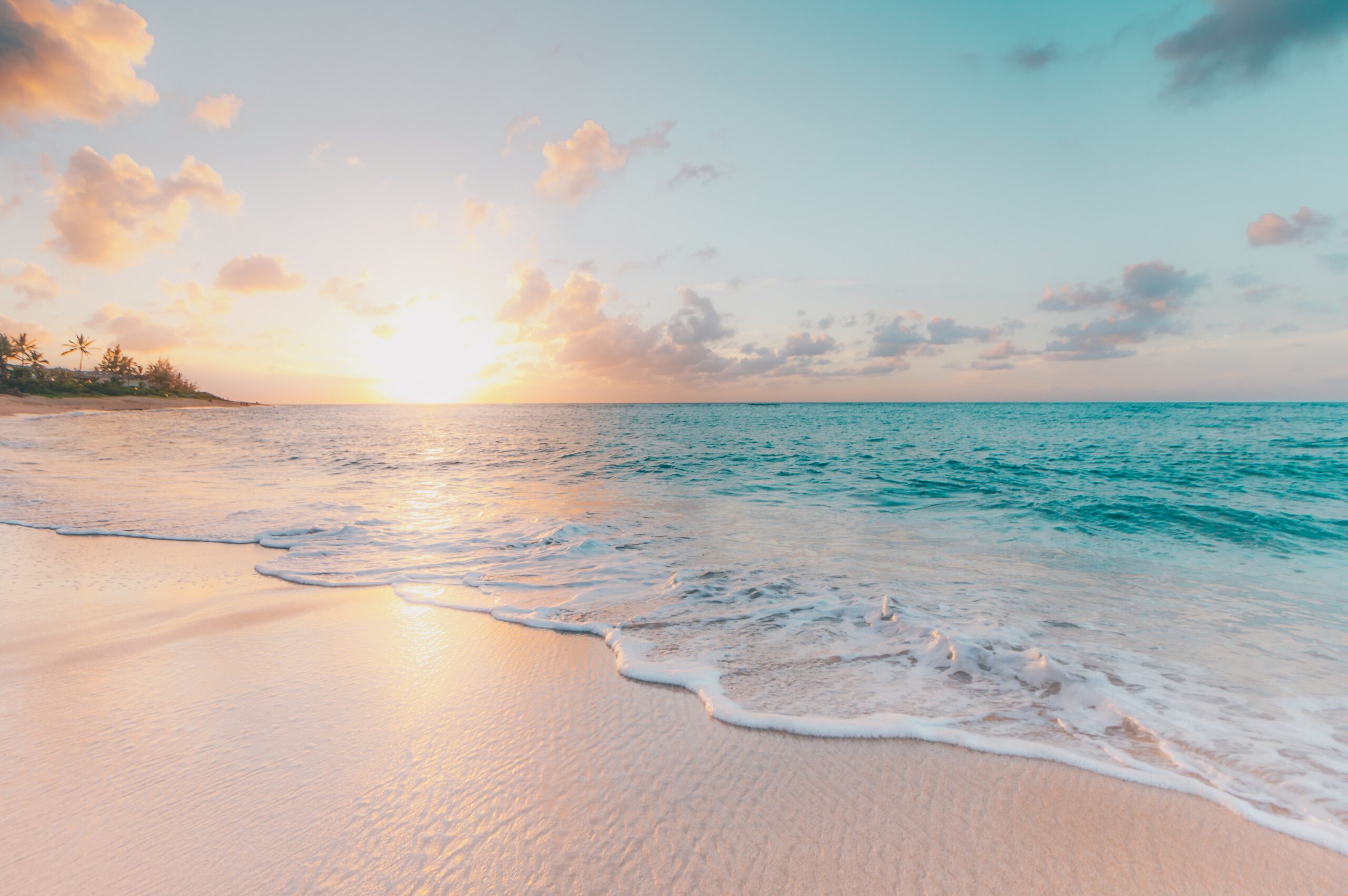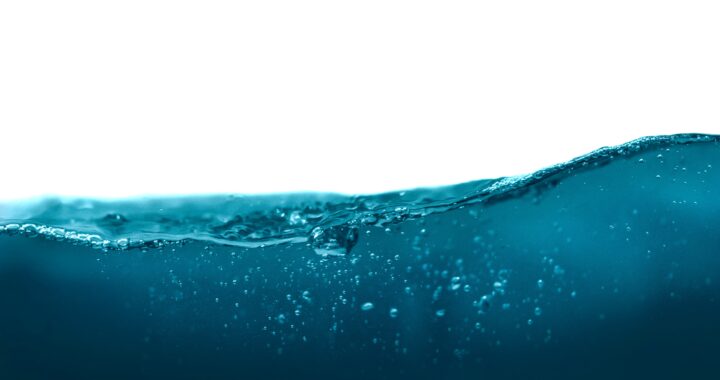We’ve all seen pictures of the oceans, rivers and streams, but have you ever wondered about the journey that water takes to get there? Our seemingly endless supply of fresh water springing from our taps is actually part of an intricate system that moves billions of gallons through a global cycle. From the individual droplets on our skin as rain to irrigation ditches in far off lands; this complex network keeps life on earth functioning. Let’s take a journey together from your tap to the ocean and explore how the water cycle works!
Exploring the Journey of Water – What is The Water Cycle and How Does it Work
Water is a vital part of our lives, and we depend on it for so many things. But have you ever stopped to wonder where this precious resource comes from and how it ends up in our taps? This is where the water cycle comes in. The water cycle is a constant journey that water takes, from the skies to the ground, back to the skies again, and back to the ground once more. The process is incredibly intricate, but it can basically be summed up in four stages: evaporation, condensation, precipitation, and infiltration. Without the water cycle, life as we know it would be impossible, and so it’s incredible to think about just how complex this journey really is. Join us on a journey as we explore the fascinating world of water cycles and all the wonders they hold.

Evaporation – How Water Transforms from Liquid to Vapor
Have you ever wondered why puddles of water disappear after a hot day or why wet clothes left in the sun eventually dry? The answer lies in evaporation, where water transforms from liquid to vapor. Evaporation occurs when the molecules in water gain enough energy to break free from the surface and become water vapor. This process is crucial for the water cycle, as it allows water to return to the atmosphere and eventually fall back to Earth as precipitation. In everyday life, you can observe evaporation in action by boiling water, hanging laundry to dry, or watching steam rise from the pavement on a hot day. It’s fascinating to think about the invisible process that’s all around us, transforming water from one state to another.
Condensation – Bringing the Clouds Together
Condensation is the process that we often associate with the clouds above us. It is the natural phenomenon of water droplets in the air cooling and coming together, creating what we see as clouds. It’s hard to picture the skies without the beauty of these fluffy masses, and it’s all thanks to the process of condensation. Without it, we wouldn’t have the water we need to sustain life, and we wouldn’t have those breathtaking views that fill us with awe. Condensation is responsible for bringing the clouds together, and in doing so, it adds a touch of magic to our everyday lives.
Precipitation – The Rain and Snow Fall From Above
Precipitation is a natural phenomenon that has fascinated humanity since the dawn of time. From gentle showers to blizzards, rain and snowfall offer a unique window into the natural world. It’s more than just water droplets and ice crystals falling from the sky; precipitation can have a profound impact on our daily lives. It provides plants with water, helps regulate temperatures, and even shapes entire landscapes. Plus, let’s not forget the simple joy that comes from catching snowflakes on our tongues or dancing in the rain. So the next time you feel raindrops on your skin or watch snowflakes gently fall to the ground, take a moment to appreciate this remarkable aspect of nature.
Collection and Storage – Floods, Oceans, Rivers, Lakes, and Ponds
As humans, we’ve always been fascinated by water and have been drawn to it for our survival. However, as much as we depend on it, water can also be a destructive force, particularly when it comes to our belongings and collects. Floods, oceans, rivers, lakes, and ponds all pose a threat to our collections and storage facilities. We’ve seen many instances where natural disasters have wiped out entire communities, and with them, everything they own. It’s crucial to have a plan in place and be proactive when it comes to protecting our possessions, especially if we live in areas prone to flooding or near large bodies of water. While it’s impossible to completely eliminate risks, taking the necessary precautions can go a long way in safeguarding our valuables.

Transportation – Moving Water Across Land, Air, and Sea
Transportation is an essential part of our daily lives, and it occurs in numerous ways – by land, air, and sea. While moving water might not spring to mind immediately, it is, in fact, a crucial aspect of transportation. Moving water across land, especially through rivers and canals, is a cost-effective and eco-friendly way of transporting goods, and it provides unparalleled connectivity to remote areas. When it comes to air transport, it’s hard to beat the sheer speed that allows us to travel across the planet in mere hours. But it is shipping that reigns supreme in terms of scale, offering a reliable and efficient method of moving goods across the seas. Each mode of transportation has its own unique properties and advantages, but all are integral to our daily lives.
The journey of water is truly an amazing and miraculous process. From controlling global weather patterns to providing us with our every day needs, it’s obvious why this natural wonder deserves our admiration and respect. Without the ever-changing state of water, life as we know it could not exist. We must do our part to conserve the precious resource that defines life on earth by utilizing rainwater harvesting and greater water efficiency efforts, while forgiving nature of her own mistakes when necessary. If we can learn how to protect and manage freshwater resources in a sustainable way, we can move forward together as a species living in harmony with what is undeniably one of nature’s most impressive feats – the cycle of life itself.

